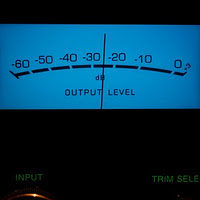I have my two paint scrapers ready, so you know that I am about to upgrade my mac mini. Picked up a 250 GB disk last time I was in Dallas at Fry's. Since the Hackintosh came into my life, a Quad-Core Q6600 4GB box running Mac OS X 10.5.5, I have moved the mini to the TV room, as was intended. The mini came originally came with 2 x 512 MB DIMMs and a 60 GB disk. Ages ago, I upgraded the memory to 2 x 1024 MB DIMMs and a 100 GB disk. At that time I just reloaded the OS, and took the opportunity to go to 10.5. As the mini is also at 10.5.5, and with lots of codecs and applications installed, this would be a pain. I was looking at SuperDuper!, but they want actual money for their product. Checking the 'net, I came across this nice and easy command line method.
So, lets get started.
First off, I put my new drive into a USB box and connected to the mini.
Next, in Disk Utility, I partitioned and formatted the drive to one partition, and added the Mac OS X partition table. The New disk has the label, Mac OS X
Now, in a terminal window (my favourite place), I ran the following:
Become root
sudo -s
Copy all the disk contents to the new disk, mounted on /Volumes/Mac OS X
rsync -Eavx / /Volumes/Mac\ OS\ X
Now, it needs to be bootable,
bless -folder /Volumes/Mac\ OS\ X/System/Library/CoreServices –bootinfo –bootefi
Bob's your uncle.

